Dealing with Disc Herniation?
Your back consists of stacked bones called vertebrae. There are discs between the vertebrae that act as shock absorbers and that allow the spine to bend. Each disc consists of a soft semi-fluid center (the nucleus) that is surrounded and held together by strong ligaments.
The discs in your spine can be the source of a great deal of back pain. This pain can range from a nagging ache and sciatic discomfort to excruciating pain that incapacitates you. There are simple measures you can take to reduce the risk of disc problems occurring and to reduce your pain once problems do occur.
To understand how disc pain happens, it is important to understand normal posture. When standing upright there is a natural inward curve in the lower back called a lumbar lordosis. With this natural lordosis, your body weight is distributed evenly over the discs.
The lordosis is lost whenever you slouch or bend forward. Back problems develop if you find yourself in these positions for long periods of time. This occurs because the vertebrae are placed in a position that pushes the nucleus backwards and stresses the ligaments at the back of the disc.

If the pressure on the ligaments is severe enough they may become weak and allow the soft inside part of the disc to bulge outward (prolapse) and press on the spinal nerves. This can cause sciatic pain in the buttock or down the leg.
Prevention is best!
Ideally, you want to stop back pain from developing by taking some simple steps to reduce strain to your back.
Many chairs don’t offer sufficient support for your lower back. Even well designed chairs can be used improperly. For example, most people sit in the middle of the seat and then slouch backward against the back support.
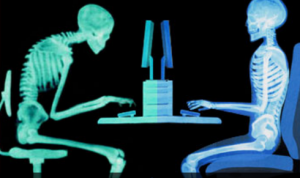
It is important to maintain the natural lordosis in your lower back while sitting. You can use a specially designed lumbar support that can be attached to your chair or simply roll up a medium sized towel and place it between your lower back and the backrest of your seat.
As well, stand up regularly, put your hands on the back of your hips and bend backwards five or six times.
Many activities around the home like gardening, making the bed and vacuuming cause you to stoop forward. Make sure that you stand upright occasionally and bend backwards to relieve the strain on the back ligaments. If you are doing any lifting, make sure to keep your back straight and bend from your hips and knees.
In the event that your back starts hurting be sure to come in right away. I will be able to help you out or refer you to a qualified medical professional.
Shiatsu Therapy Perspective on Lumbar Disc Issues
No lower back problem is the same in Shiatsu as no one person is identical to another. The underlying factors of emotions and energetic imbalances are always considered very carefully in the diagnosis. Shiatsu considers the physical body where the symptoms manifest but symptoms are just pieces of information to the underlying causes. Internal influences of emotions and organ energetic function is of utmost importance in addressing Disc issues and any chronic (more than 3 weeks) condition.
Weaknesses In certain organs can cause Instability & excessive tension in the muscles and nerves that correspond with the organs. With time the fascia, ligaments and tendons are affected too as stressed organs create pressure against them.
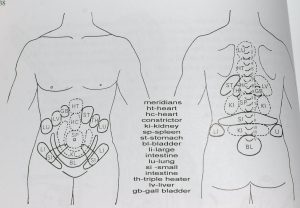
For example many patients with chronic bowel such as constipation, or Irritable bowel syndrome issues also experience lower back pain. Indigestion, acid reflux, stressed liver and gallbladder can cause mid back pain. Patients with chronic fatigue Syndrome, or Adrenal Burnout, an overactive Bladder are some conditions that can be seen in clinical setting to come in with lower back issues.
- Small Intestine in Shiatsu therapy is associated closely with 1 – 3 Lumber Discs
- Kidneys – 3rd – 4th Lumbar,
- Bladder – 4th – 5th Lumbar.
Emotion, Stress and Trauma and Your Lower Back
Your body is like a memory stick and it stores in the body events that are traumatic and painful. Your body absorbs the events first before your mind awareness comes in and troubleshoots it and to put your nervous system into a state. Those events if untreated will create body/mind symptoms and conditions and a major one is chronic lower back tension.
Clinical Example:
Motor vehicles accidents that most people experience cause a multitude of symptoms to the neck and lower back. Most therapies and therapists look at the pain areas and work on them. But what is missed often the shock and trauma impact on the body and where it is stored.
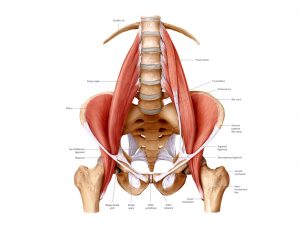
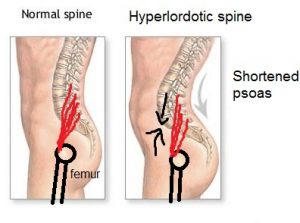
In my clinical experience emotions such as shock from a car accident can trigger the Iliopsoas muscle where 4 of its attachments insert to 4 lumber discs in your lower back. Once the psoas muscles contracts to absorb the shock and trauma it will pull on the spine and affect the discs. Often this muscle is overlooked as multiple symptomology masks the root of the problem. When releasing this muscle emotion often surface and a deep state of space is created internally. Pressure on the discs is relieved and back pain subsides and goes away. Person feels psychologically better and their nervous system regulates itself feeling less stress.
When looking for solutions for any chronic issues always look for the mindbody approach and a therapist/s who has the experience and knowledge to consider the multitudes of causation.
Mihael Mamychshvili,

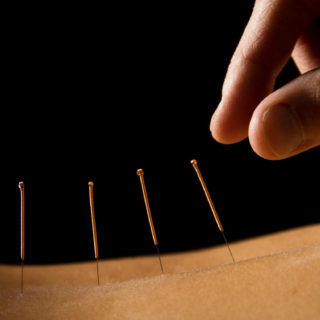

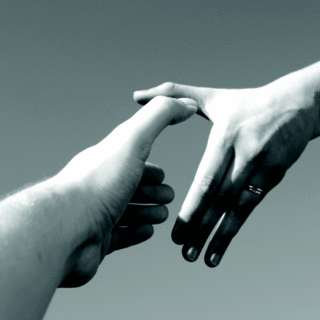

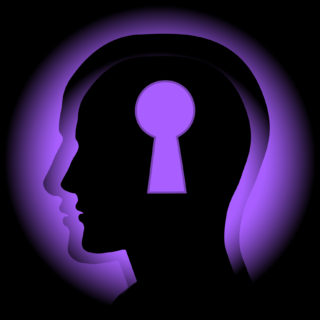
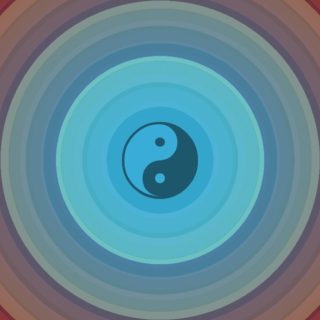



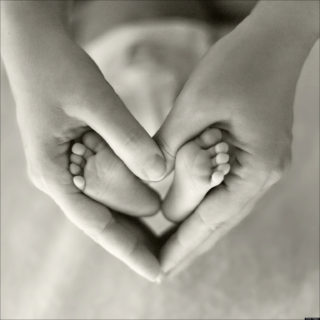







No Comments
Be the first to start a conversation